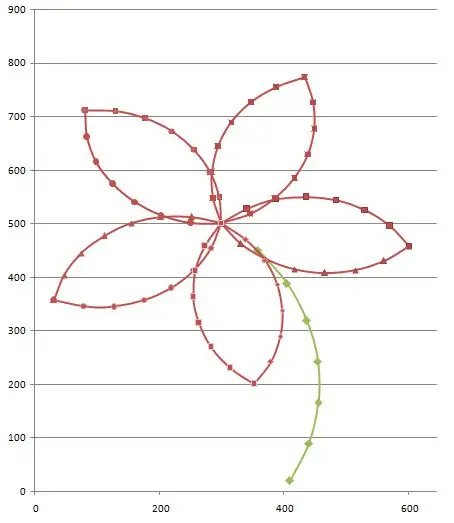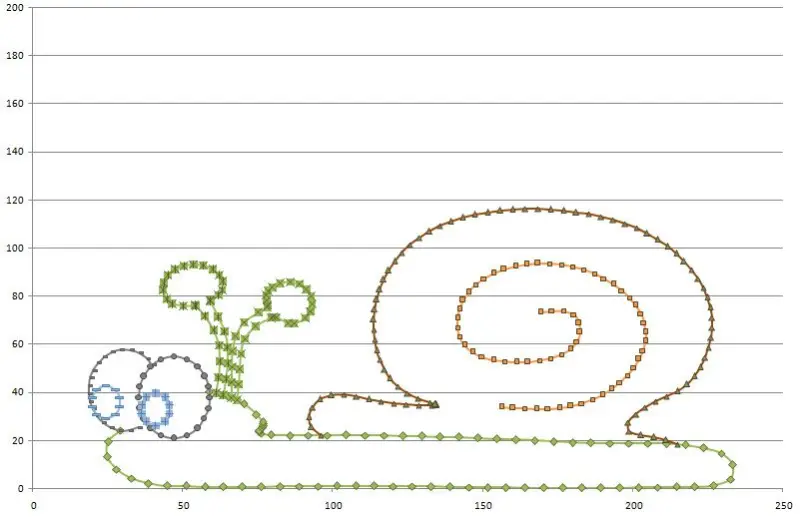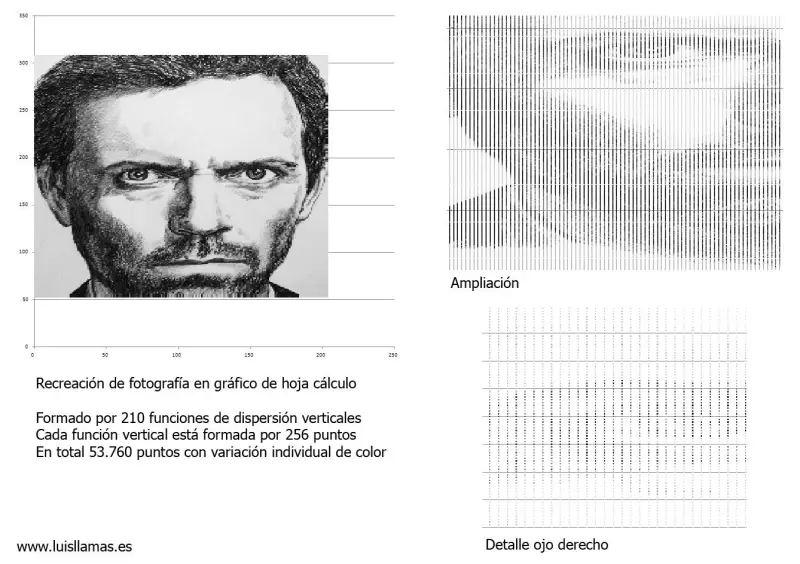The content of this post is the result of the combination of an engineer and boredom. The story of a Sunday afternoon with nothing to do, in which chance led to one of the hundreds of pages where a supposed expert is convinced of being an “Excel sheets guru” for explaining how to make a bar graph.
Moved by sheer boredom, being a restless soul and manifest inability to spend an afternoon on a couch doing nothing, I started playing with graphs in Excel sheets to experiment how far into extreme madness they could be forced to go.
Basic level
The first experiment on this boring afternoon, not knowing yet where it was going to end, was to draw a flower using functions. It is composed of 7 sine functions (half period), properly shifted, rotated, and scaled, to form the final figure. A quick exercise, quite easy, whose result is the following.

Advanced level
Logically the first experiment left me cold. As pretty as the little flower may be, it is still a figure composed of simple segments made with elementary functions. Could it be taken further? Could it be extended to a method for drawing arbitrary figures?
To test the concept, I drew a snail in AutoCAD using splines. Subsequently, I programmed a routine in VBA that exports the coordinates of the interior points of the different splines, uniformly distributed based on the point curvature. The result is a general method that allows any arbitrary vector image to be transferred into an Excel graph, and the example is the following:

Extreme level
The previous experiment already left me quite satisfied. Indeed, I could convert any vector drawing into an Excel graph. This includes vectorizing any image and importing it into an Excel sheet. But could something really extreme be done, taking the graphs in Excel sheets to a paranoid level? Could I directly encode a bitmap image?
Said and done, I started programming a small application in .NET that, from an image, creates a gigantic scatter plot, varying the color of each node based on the interpolated data from the image. The result, tested with the House (Hugh Laurie) image, is the following:

This concludes the round of experiments to take the graphs in Excel sheets to extreme, paranoid, and absurd levels, for no other reason than to practice, to play.
